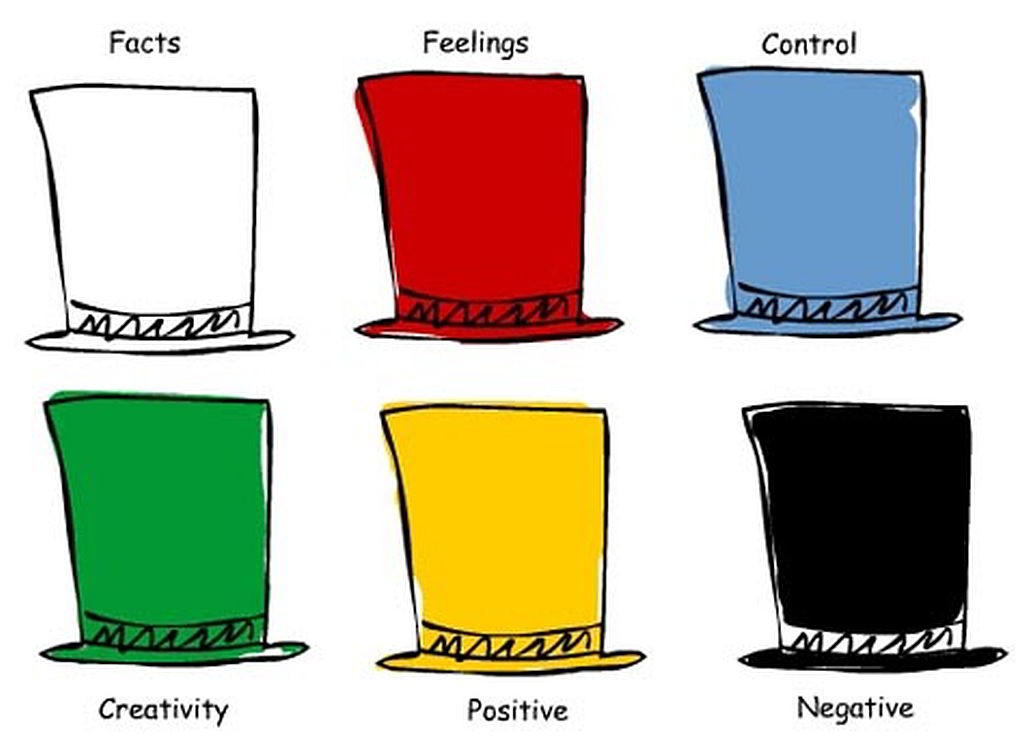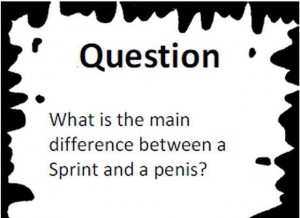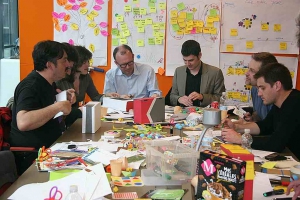Lateral Thinking — How to Boost Your Creativity
Vertical and Lateral Thinking
When we solve problems, when we ideate new concepts or when we generate new ideas, we generally choose between two different approaches: the vertical and the lateral thinking one. We do this unconsciously. — However, most of the time we stay in the vertical thinking mode.
Why do we bother about all this stuff? — Vertical thinking is synonymous with logical thinking. In vertical thinking mode, we carry a chosen idea forward. We come to a solution by deducting logically one piece from the other. When thinking vertically we are analytical, careful and precise, taking the data around a problem and analysing it with defined methodologies to find logical solutions.
Instead, lateral thinking triggers fresh ideas by changing the frame of reference continuously. In lateral mode, we view a certain subject from different perspectives. A lateral thinker understands vertical thinking but chooses deliberately to think outside of this bounded thought process. Lateral thinking is solving problems through an indirect and creative approach, using reasoning that is not immediately obvious and involving ideas that may not be obtainable by using only traditional step-by-step logic.
Edward de Bono coined the term of lateral thinking first. For de Bono lateral thinking is "addressing the problem always from different perspectives." ((see Wikipedia, Lateral Thinking.)) The most prominent lateral thinking technique is his "Six Thinking Hats".

Edward deBono introduced his "Six Hats" technique to address issues from all different perspectives as possible: Information: (White) – considering purely what information is available, what are the facts? Emotions (Red) – instinctive gut reaction or statements of emotional feeling (but not any justification). Bad points judgment (Black) – logic applied to identifying flaws or barriers, seeking mismatch. Good points judgment (Yellow) – logic applied to identifying benefits, seeking harmony. Creativity (Green) – statements of provocation and investigation, seeing where a thought goes. Thinking (Blue) – thinking about thinking.
Here is probably the best known and most celebrated of all lateral thinking puzzles. It is a true classic. And although there are many possible solutions which fit the initial conditions, only the canonical answer is truly satisfying.
The Man in the Elevator
A man lives on the tenth floor of a building. Every day he takes the elevator to go down to the ground floor to go to work or to go shopping. When he returns he takes the elevator to the seventh floor and walks up the stairs to reach his apartment on the tenth floor. He hates walking so why does he do it?
For example, when solving creepy riddles like Black Stories the players use lateral thinking. They focus their solution proposals from several different perspectives. The suggestions made necessarily are not related to each other nor a logical consequence. Merely, the players follow an indirect and creative approach. They throw ideas on the table that may not be obtainable by using only traditional step-by-step logic. They jump from one option to a totally different by random — only guided by the more or less illustrative or cryptic hints of the narrator.
Why Is Lateral Thinking Difficult?
Ok, all of us admit that lateral thinking is very helpful to support ideating new and fresh ideas. However, most of the time all of us stuck always in the vertical mode, instead. Switching from vertical to lateral thinking is extensively and takes us quite an effort. And we do it deliberately only.
Why takes us always lateral thinking quite an effort? — Why do we use lateral thinking deliberately only?
I facilitated and hosted a lot of workshops where vertical thinking was the solution and always I had to move the participants towards it. And when they made the turn they became awesome.
Although, I can presume some reasons only why we are inclined to think vertically most:
- maybe it is an issue between occidental and oriental people? — Western people tend more to vertical thinking?
- Western people prefer all kinds of cause-effect explanations?
- Western people prefer provable — scientific explanations more?
- humans like "easy answers". We prefer answers which take only few steps in a complex chain of arguments.
How to Apply Lateral Thinking to Your Creative Work
The magic of lateral thinking is that it breaks up your frame of thinking. However disruptive breakthroughs you get only if you break your habits and assumptions. Use the following five tricks to trigger lateral thinking in your daily work. ((Shane Snow: How to Apply Lateral Thinking to Your Creative Work. 99u.com.))
- List the assumptions — when faced with a question (problem, challenge, etc.), write out the assumptions inherent to the question.
- Verbalize the convention — ask yourself "What would the straightforward approach be?". Map out the obvious, straightforward solutions. Then question the conventions: "What else would work?"
- Question the question — Try to rewrite the question. Rearrange the pieces to form a new scenario.
- Start backwards — often solving a problem is easier, when you start with the solution first, and try to work backward.
- Change perspective — to kickstart lateral thinking, you might do well to pretend you were someone else trying to solve the problem.
Improving Your Lateral Thinking Capabilities
Here are some techniques to foster your lateral thinking capability easily:

"Agile Black and White Stories", or What's The Difference between a Sprint and a Penis?

"Black Stories" - Empower Your Creativity with Lateral Thinking

Innovation Games

LEGO Serious Play
Further Readings
- Edward de Bono: Lateral Thinking: A Textbook of Creativity. Penguin 2009.
- Lateral Thinking Puzzles
- Word Games - Lateral Thinking
- Brain Food
- James Abela: Lateral Thinking Exercises
- Shane Snow: How to Apply Lateral Thinking to Your Creative Work. 99u.com.
- 6 Ways To Facilitate Lateral Thinking In Online Training







Hey PlaysInBusiness,
Wow, I'm new to the idea of lateral thinking. However, I'm not new to testing our untested assumptions. I like how you encourage companies and individuals to think on a deeper level and "question the question" to go beyond the surface. Personally, I think it is the people who can think critically (or laterally) that creates great companies in business and gives them a competitive advantage.
Hope to connect with you guys again soon.
Thanks,
Dennis
Hi Dennis,
thank you for your appreciation. Indeed, people who think critically strive for success in business and competitive advantage.
In my understanding, Lateral Thinking is not only useful to test our untested assumptions, more to open the box of deadlocked thinking and unconscious habits.
Dennis, feel free to experiment with the games and techniques mentioned in this post.
the information is very useful in boosting one's idea
https://blog.unisquareconcepts.com/designing/lateral-thinking-methodology-go-vertically-up-in-a-lateral-way/